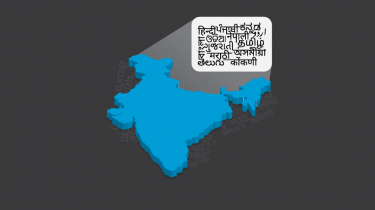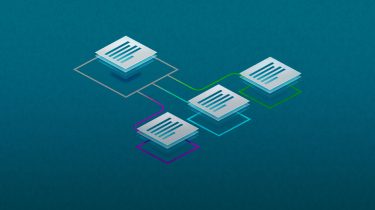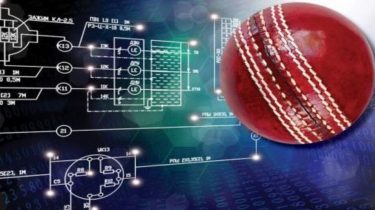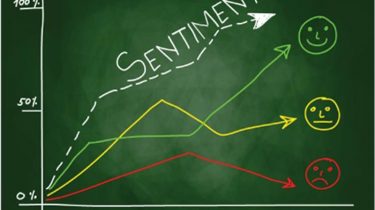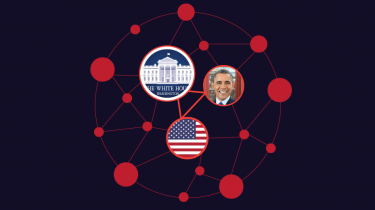Demystifying BERT: A Comprehensive Guide to the Groundbreaking NLP Framework
Overview Google’s BERT has transformed the Natural Language Processing (NLP) landscape Learn what BERT is, how it works, the seismic impact it has made, among other things We’ll also implement BERT in Python to give you a hands-on learning experience Introduction to the World of BERT Picture this – you’re working on a really cool data science project and have applied the latest state-of-the-art library to get a pretty good result. And boom! A few days later, there’s a […]
Read more
